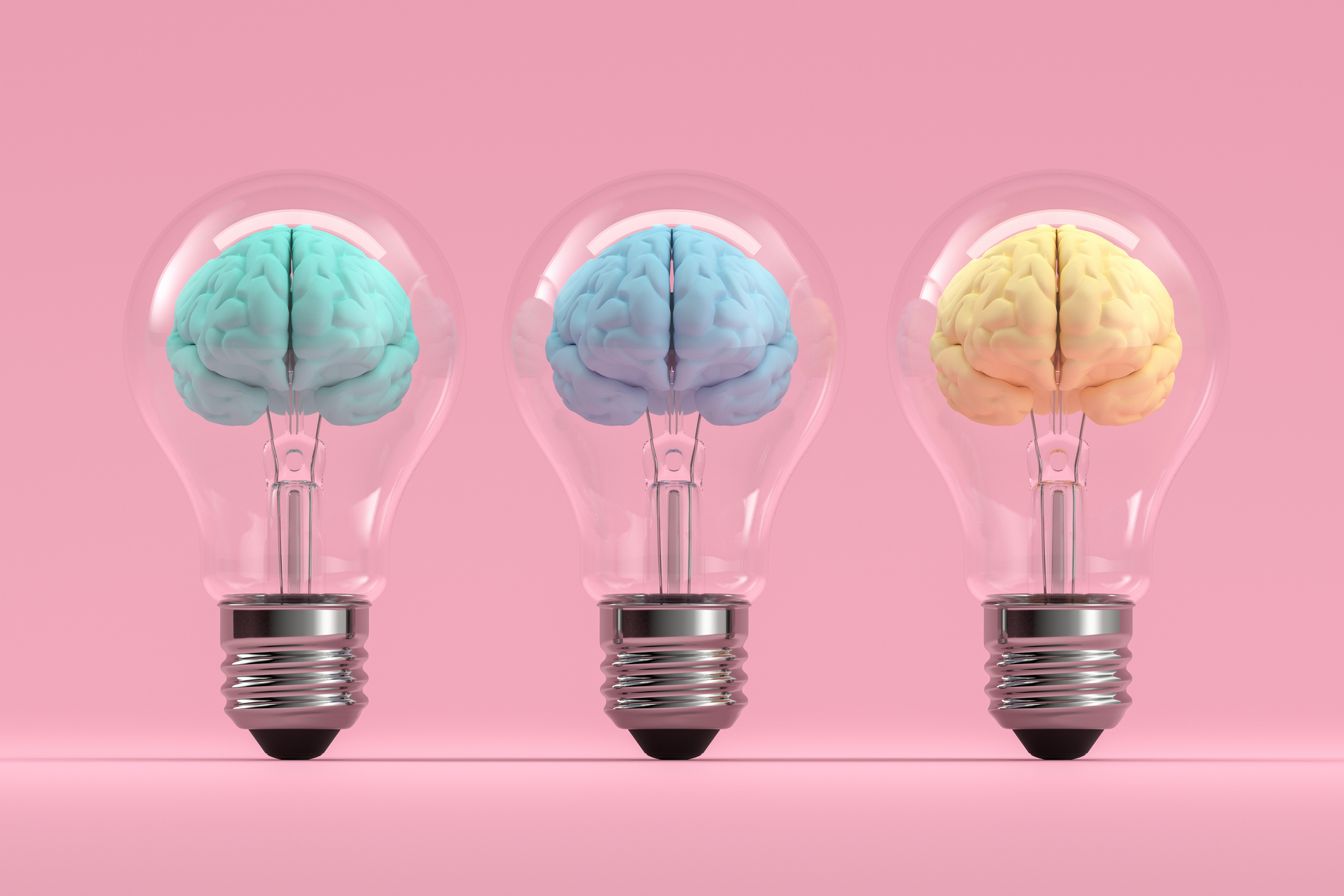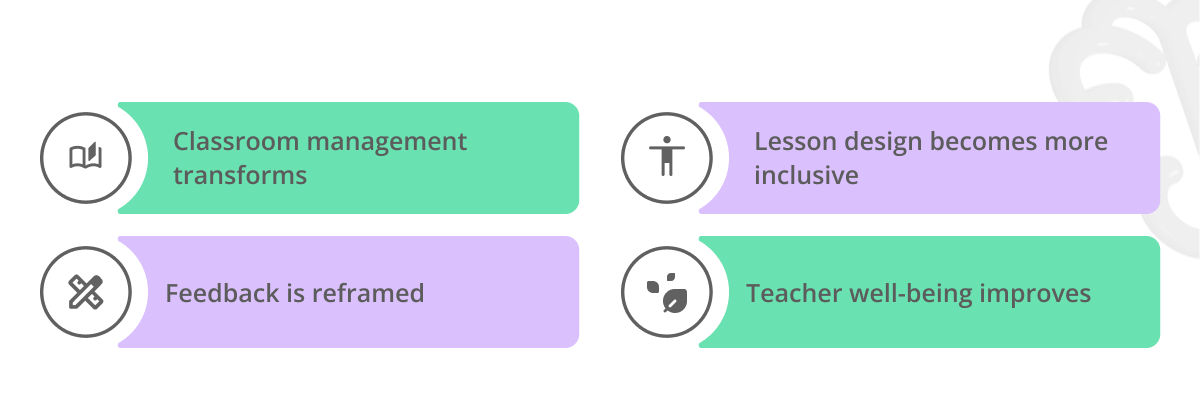Neuroscience-Informed Curriculum: Practical Advantages for K-12 Classrooms



By Stefanie Faye
What if the way we design school curriculum could actually rewire the brains of our students—not just for academic achievement, but for resilience, curiosity, and lifelong growth?
The Invisible Architecture of Learning
For years, the structure of school curriculum has been shaped by tradition, standardized testing, and a focus on content delivery. But what if we shifted our lens to see each lesson, every classroom routine, as a living laboratory for neuroplasticity?
Neuroscience reveals that the brain is not a static vessel to be filled, but a dynamic, ever-changing system—one that is sculpted by experience, emotion, and the environment of the classroom itself.
In my work with teachers and students, I’ve seen firsthand how insights from neuroscience can transform not only what we teach, but how we teach. When educators understand the science behind learning, memory, and behavior, they gain a new sense of agency—one that empowers both teacher and student to become active participants in their own brain-building journeys.
RECOMMENDED READ: Embodied Learning
Neuroscience-Informed Curriculum: What Does it Really Mean?
It’s more than adding brain facts to a science lesson or sprinkling in mindfulness activities. A neuroscience-informed curriculum is built on the understanding that:
- Learning is embodied: The mind-brain-body system is always in play. Attention, emotion, and movement are not distractions from learning—they are the very vehicles of it.
- Every brain is unique and malleable: Neuroplasticity means that with the right conditions, all students can change their neural wiring, regardless of background or previous challenges.
- Relationships are a powerful driver of change: The presence of a caring adult who believes in a student’s potential can literally shift the trajectory of their brain development.
- Self-regulation and resilience are teachable: These are not fixed traits. With intentional practice, students can learn to manage stress, recover from setbacks, and persevere through difficulty.
The Practical Advantages for K-12 Teachers
What happens when we weave these principles into the fabric of school life?

- Classroom management transforms: When teachers understand the neurobiology of behavior, they shift from seeing misbehavior as defiance to recognizing it as a sign of unmet needs or dysregulated nervous systems. This opens the door to compassionate, effective responses that build trust and safety.
- Lesson design becomes more inclusive: Recognizing that attention and memory are state-dependent, teachers can create learning experiences that honor sensory needs, movement breaks, and emotional check-ins—making learning accessible to more students.
- Feedback is reframed: Rather than focusing solely on right answers, teachers can highlight process, effort, and micro-growth. This fosters a growth mindset and helps students see mistakes as data for their own evolution.
- Teacher well-being improves: Understanding the science of stress and self-regulation empowers educators to care for their own mind-brain-body systems, reducing burnout and increasing job satisfaction.
From Theory to Practice: Reflective Questions for Educators
As you consider how to bring neuroscience-informed principles into your classroom or school, I invite you to reflect on the following:
- What routines or rituals in your classroom already support self-regulation and emotional safety? Where might there be opportunities to expand?
- How do you respond to student mistakes or setbacks? In what ways could you reframe these moments as opportunities for brain growth?
- How might you model your own learning process—especially when you encounter challenges or uncertainty?
- What small shifts could you make this week to honor the embodied nature of learning (e.g., movement, breath, sensory awareness)?
The Systems Thinking Advantage
One of the most powerful shifts that neuroscience offers is a move away from isolated interventions toward a systems thinking approach. In a school, every interaction, policy, and environment sends signals to the brain about what is valued and possible. By viewing the classroom as a dynamic system, teachers can become architects of conditions that foster curiosity, agency, and connection.
This article was crafted by Stefanie Faye, an independent contributor engaged by CheckIT Labs, Inc. to provide insights on this topic.

Stefanie has a degree from New York University and her fieldwork focused on neuroplasticity, empathy and emotion regulation. She has worked as a neuroscience consultant for many global organizations and as a school and family counselor, cognitive trainer, reading therapist, research analyst, coordinator of learning programs.



